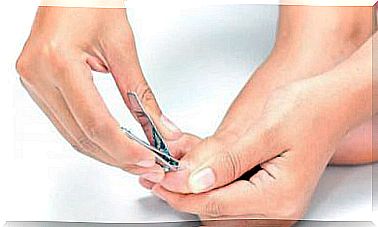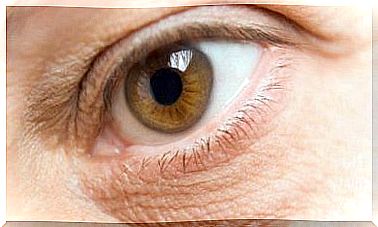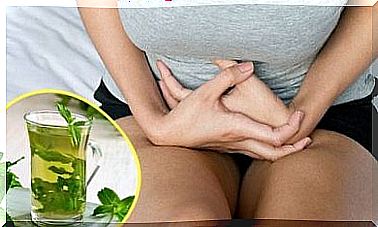13 Signs On Our Face That Reflect Disease
Although we do not relate them to some possible diseases, many problems in our body can send signals through the face, we must therefore learn to recognize them in order to take action.
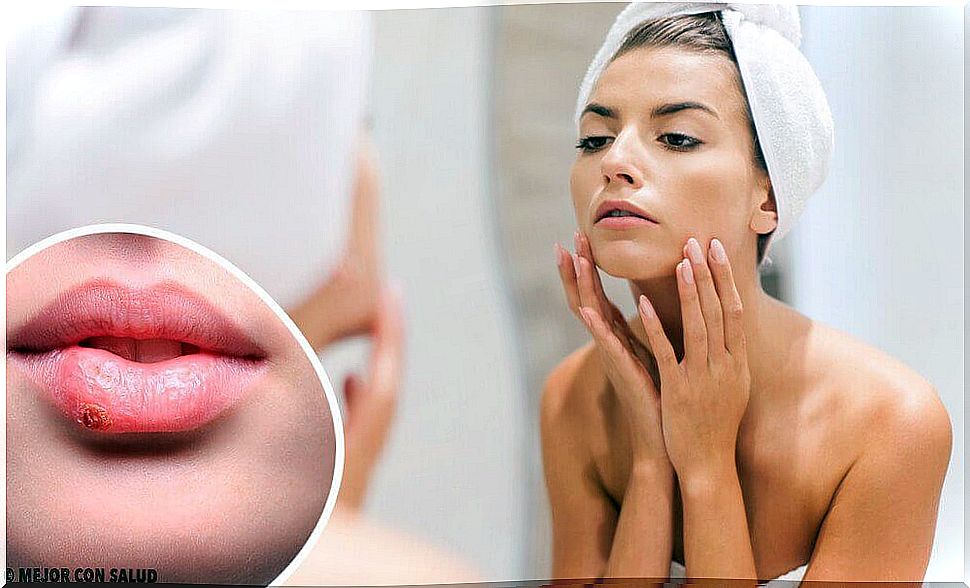
Sometimes it is not necessary to express yourself in words because our body and our face can speak for us. It is enough to look at yourself in the mirror and pay attention to certain signs on our face or characteristics of the skin to detect possible diseases in good time.
As we often say, “the face is the reflection of the soul”. Perhaps this is also the case with our health, thus becoming one of the best indicators that something is wrong with our body.
13 signs on our face that reflect illnesses
Keep in mind that these signs don’t always reflect illnesses. They can also be an effect of hormonal changes or a lack of sleep, among other causes. Therefore, at the slightest suspicion of suffering from a serious illness, it is better to consult a doctor to make a diagnosis and recommend the most appropriate treatment.
1. Bags and dark circles under the eyes
Usually, these are traits that emerge due to genetic issues . However, there may be times when they appear overnight, making you look a bit exhausted or sick.
Among the possible causes are:
- Lack of sleep or nights
- Heavy drinking
- Smoking
- Hormonal imbalance
- Bad nutrition
2. Spots or acne on the forehead

A mild acne appears which may be due to certain digestive problems due to the consumption of fatty foods. There seems to be some evidence to suggest that the integrity of the gastrointestinal tract contributes to the acne process.
If so, it’s best to make small changes in your eating habits. Do not hesitate to contact a nutritionist for advice.
3. Red nose
If you have a red nose, more than usual, remember that it connects to various blood vessels and if one is not functioning well, its color will tend to change automatically.
Go to the doctor as soon as possible for the corresponding examinations. It could be an illness that needs serious attention, such as rhinophyma, an allergy, or a simple cold.
4. Facial skin and yellow eyes
This time it’s a dysfunction of the liver. Jaundice is yellowing of the skin or eyes that results from bilirubin, which can be a sign of several health problems.
Go to the doctor as soon as possible for a pancreas, liver, gallbladder or bile checkup to rule out diseases like hepatitis, mononucleosis, etc.
5. Unexpected appearance of moles and birthmarks
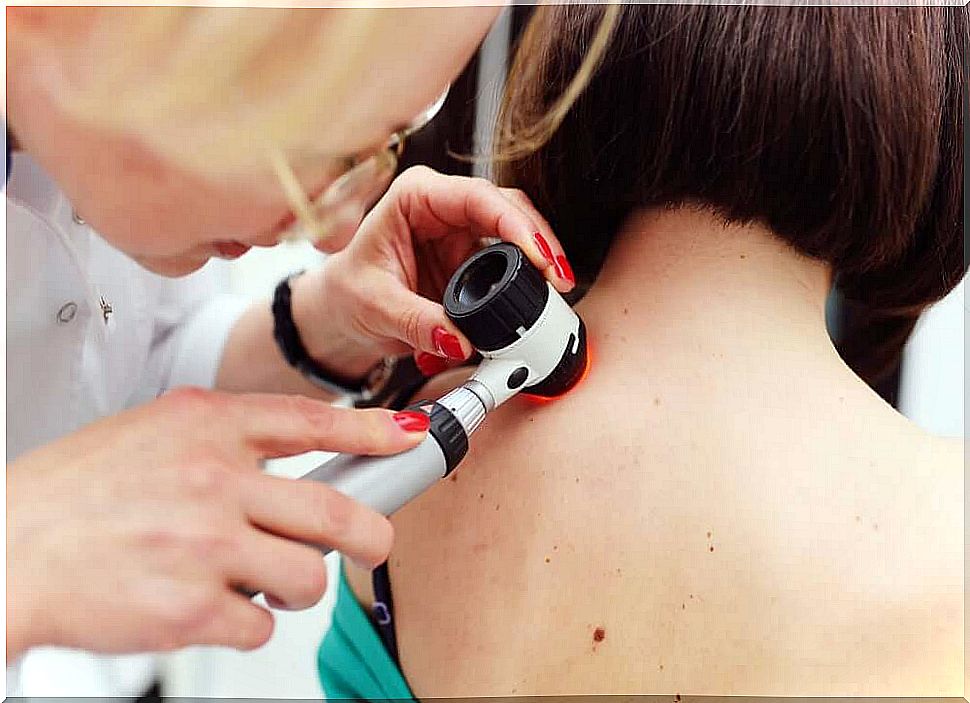
It is possible that after spending certain hours in the sun, your skin generates a few spots. If this happens to you, you should limit exposure and use skin sunscreen regularly.
If you notice any irregular changes on your skin or birthmarks after a few days, you had better go to a doctor.
6. Butterfly-shaped rash
It tends to appear as a red spot that spreads over the face. It can result from a condition known as lupus systemic erythematosus.
It is important to go to the doctor to perform tests and recommend the appropriate treatment, depending on the case.
7. Dry skin around the mouth and nose
These signals alert you to a lack of vitamins such as A, B, C, or E. There can be considerable hair loss, weak nails, and generalized weakness throughout the rest of the body.
Seek advice from a nutritionist and start by readjusting your diet by adding foods containing the vitamins you are lacking. These deficits, in the long term, can be very harmful to health.
8. Rash in the area of the nasolabial triangle
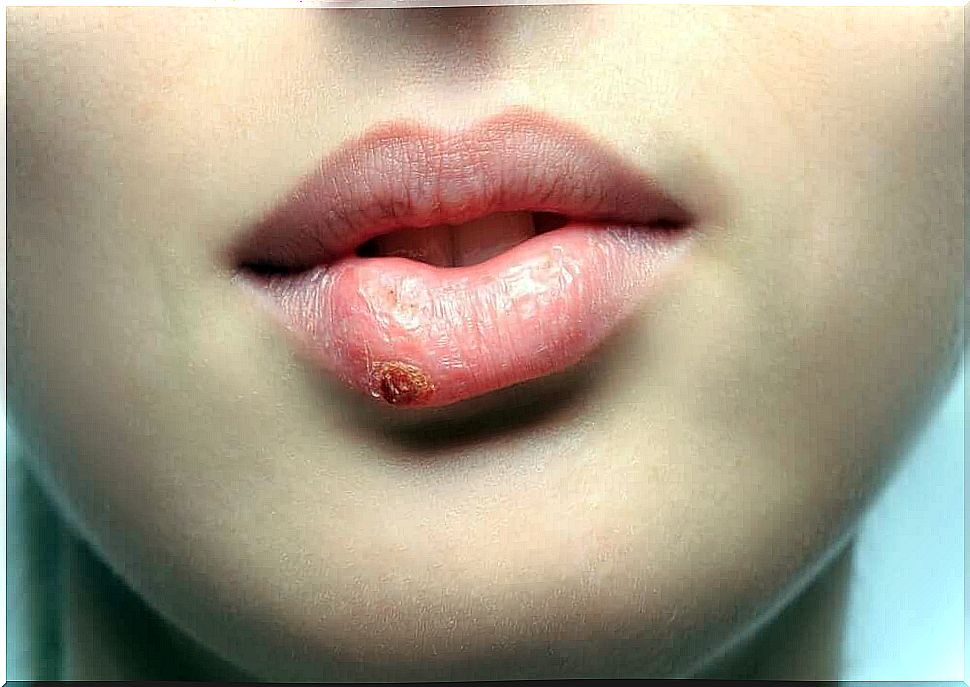
Have you noticed a rash on your face? If this occurs in very specific places such as the lips or nose, it indicates that you are likely to have herpes.
There is nothing to worry about, as it usually heals itself. However, applying pharmaceutical ointment is not a bad idea.
9. Cracks on the lips
If you have cracks and excessive dryness on the lips, it is very important to consume plenty of water. In addition, lip balms can also be a good solution.
Usually, this can be due to a lack of hydration, exposure to the sun, or an allergy. However, it is important to pay attention to it.
10. Excessive facial hair
This is another of the traits appearing due to family inheritance. However, this does not rule out that it could be a hormonal change caused by polycystic ovary syndrome (PCOS).
If so, go to the gynecologist for proper treatment. It will determine the cause of the problem.
11. Hyperpigmentation of the face

Such a signal tends to manifest itself during the pregnancy stage of many women. It appears as a kind of spot in the cheek area or nasal septum.
It is recognized as a type of hyperpigmentation called melasma. So it is advisable to consult a doctor, especially if this is not related to pregnancy.
12. Thin eyebrows and eyelashes
Without resorting to surgery or treatment, you suddenly notice that your eyebrows or eyelashes have been reduced.
Be careful, as you may have thyroid gland pain. If possible, it helps to do blood tests and go to the doctor.
13. Acne and rash on the chin or change in color
The chin is directly associated with hormones. Thus, among the factors that can promote the appearance of acne or rash, we find:
- Hormonal imbalance
- Lack of sleep
- Stress
What if any of these signs appear on the face?
In most cases, it won’t matter. However, it is important to see a doctor and have frequent check-ups to rule out more serious problems.
Sometimes this can be due to a period of stress, hormonal imbalances, or even a lack of sleep. Try to eat healthier. Add vegetables to your daily meals and check your habits. You will notice the difference.
